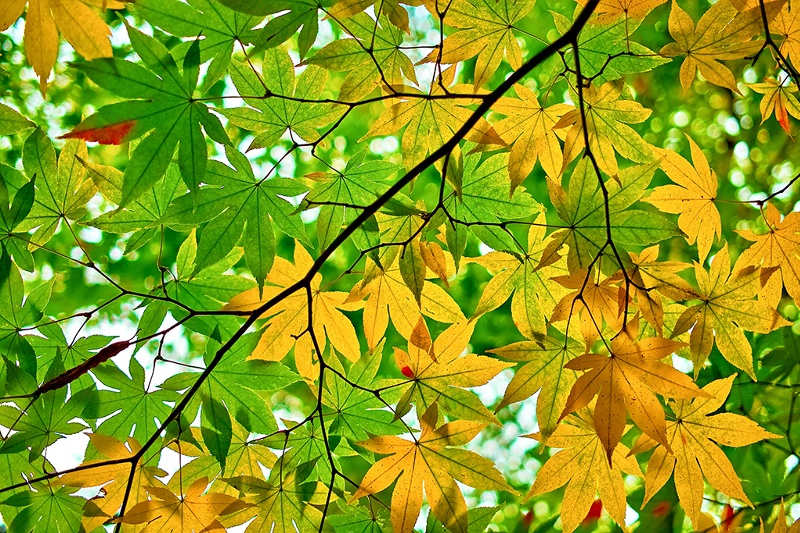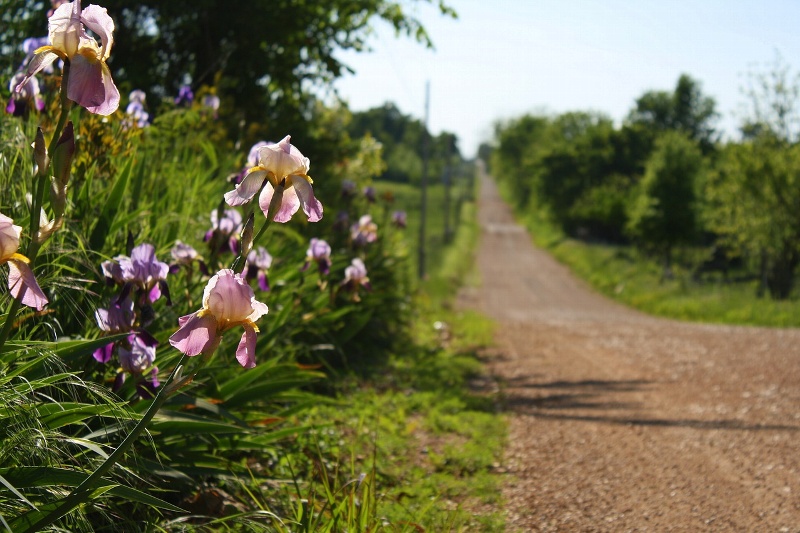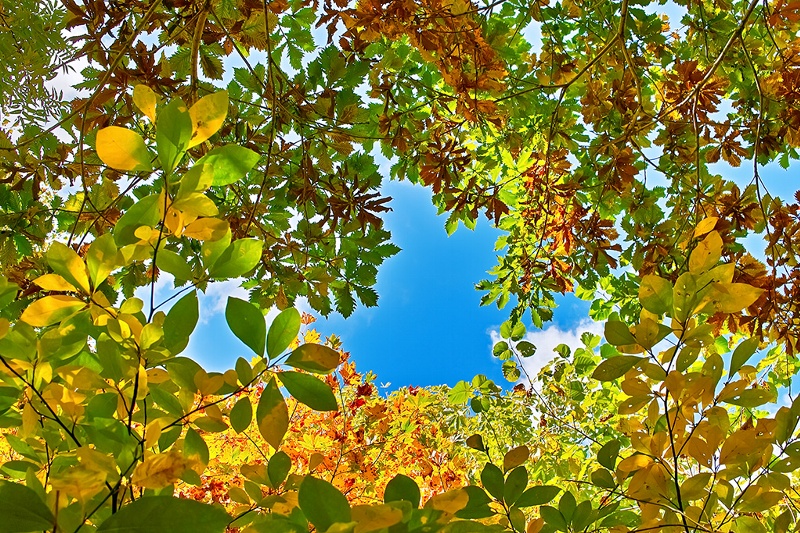On the first day of autumn by the lunar calendar, as the first song in the 4th volume of Kokinshu dedicated to Autumn, Fujiwara no Toshiyuku paid a tribute to the beginning of the season.
陰暦の秋の始まりである立秋に、秋に寄せる歌として古今集第四巻の巻頭を飾るのが、藤原敏行の立秋に寄せた和歌です。
あききぬと めにはさやかに みえねども かぜのおとにぞ おどろかれぬる
aki kinuto meniwa sayakani mienedomo kazeno otonizo odorokarenuruHow can you see autumn come?
You can hear it in the wind.(Literally)
You can’t see explicitly if the autumn has already arrived but you notice it when you hear the sound of the wind.
秋が来たと 目でははっきりとは分からないけど 風の音で 秋だなと気づかされるなあ
Fujiwara no Toshiyuki is well-known as one of the 36 great poets from the Heian era. The sensation he got in the autumn wind is no different from what we feel today. What he did well is incorporating different sensory perceptions – visual and auditory – into this song despite the constraint of 31 words of Waka. Though many of the poems in Kokinshu were wrote about 1000 years ago, they still speak to modern readers like us when we look around and pay attention to how nature works and what nature brings us from season to season.
藤原敏行は、平安期の36歌仙の一人として知られています。秋の風に彼が感じ取ったものは、現代の私たちと何ら変わりありませんね。彼の技巧は、31文字という和歌の限られた文字数の中に、視覚と聴覚という異なる感覚を盛り込んだことです。古今集の和歌の多くは1000年以上前に書かれたものですが、現代人にも通じるものがあるのです。自然の営みや季節が移り変わるごとに気づかされるものに目を向けるということですね。


